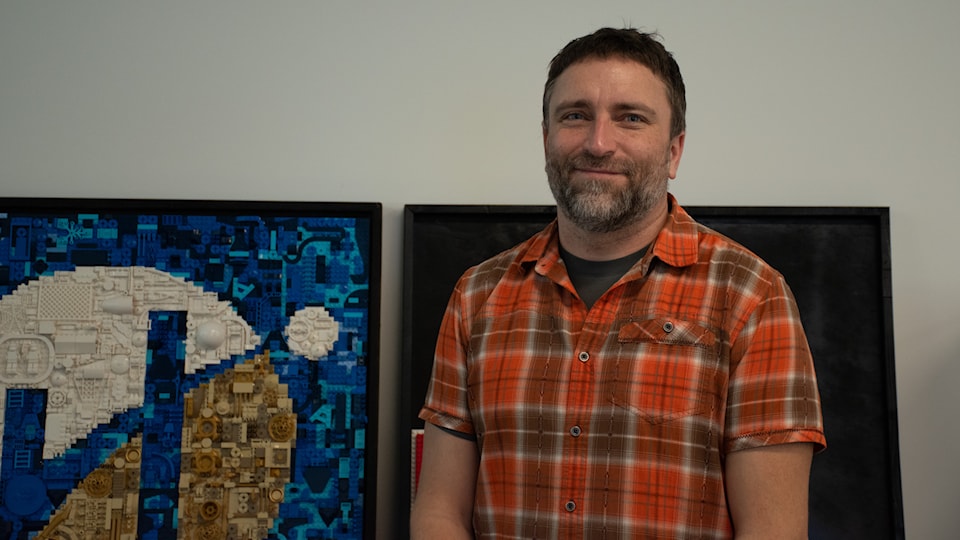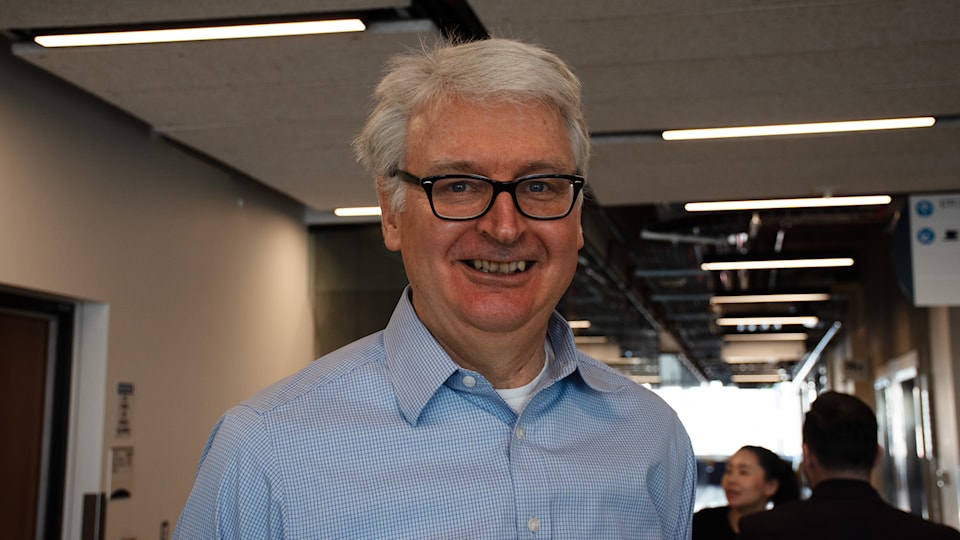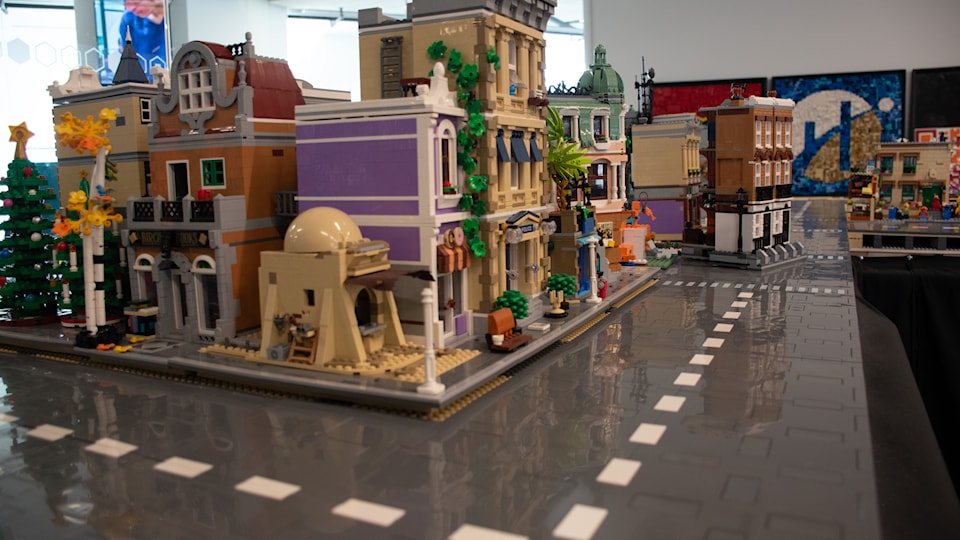Construction of the major Lego Smart City project continued today for the first time this semester.
Located in room 306 in the Barrett Centre for Technology Innovation, students came together to help assemble Lego kits.
“I got an email about it and I thought, ‘Okay it’s Lego I’m definitely going to go,’ so I came,” said Yashica Kapoor, an Architectural Technology student at Humber.
“It’s the first time, I didn’t know if this was a thing but I like this place now,” he said.
Kapoor says he grew up with Lego.
“It’s kind of like my whole childhood so I would say it’s pretty important as it’s one of the main things we all grew up with," he said.
“I think it’s really cool because not only is it that it’s a bunch of things, but even from different types of Lego genres, they all work together and it really does make a Lego city,” Kapoor said.

Adam Thomas, a Coding Professor in the Faculty of Media, Creative Arts and Design at Humber and the organizer of the Lego drop-in sessions, says more buildings have been made, including Lego Ninjago kits, a museum and an X-Men mansion that’s in progress.
“Once they’re totally done [it] will be integrated into the city,” he said.
“From a software side, we had a handful of students doing capstone projects last semester," Thomas said.
He says a Lego QR code application and an AI-generated radio station have been finished.
Thomas says the radio station will be talking about the city all the time.
“The one place that the radio station is integrated into live data is traffic,” he says.
“So if the traffic moves and if all the traffic in the city moved to one side of the city, the radio station will start talking about traffic jams using road names, the amount of traffic and places, locations in the area all into a traffic report,” Thomas said.
The project is called BrickMMO, a 1:45-scale smart city made out of Lego. It was primarily designed to give programmers a space to apply their skills.
“Students I think enjoy the building sessions,” Thomas said. “It’s just a time to kind of take a mental health break."
He says the initial construction began between two to three years ago and has been constructed in different phases, which started with robotics, cars and trains.

“We’re doing a tour of the whole innovation centre here at Humber College,” said Paul Kortenaar, the CEO of the Ontario Science Centre.
He was joined by staff from the Ontario Science Centre and stopped by the Barrett Centre to observe the Lego project.
“What a program like this does is it starts talking about how all of these technologies work together to create a city and actually show us that we can change that, we can have input into that, we can make a difference," he said.
Kortenaar says he thinks what’s exciting with this program at Humber and what’s being done at the science centre is giving people the ability to imagine and shape their future.
“It gives people hope that they can actually make the world in the future better than what we’re expecting,” he said.
Thomas says he will run these sessions once a month, given there are enough kits for students to build.




